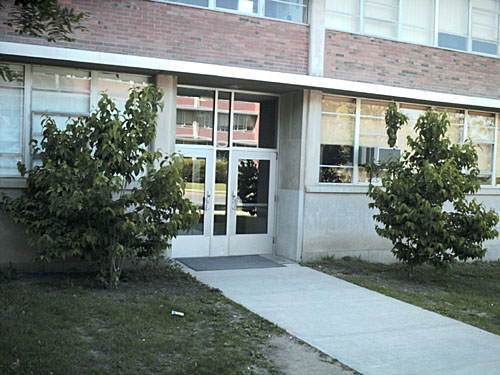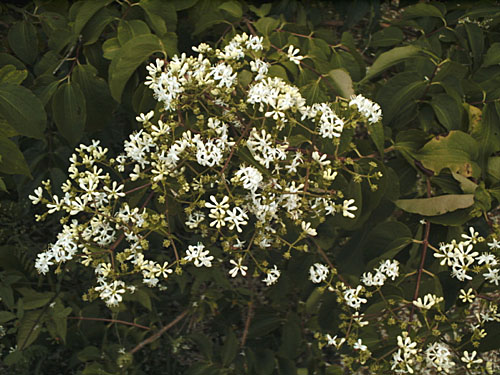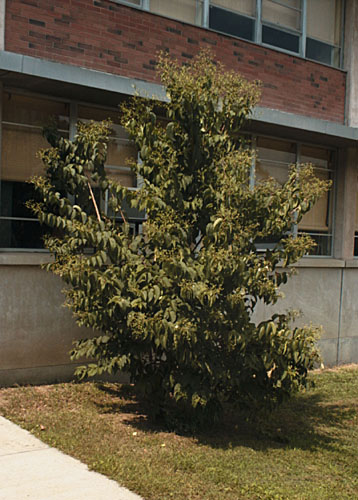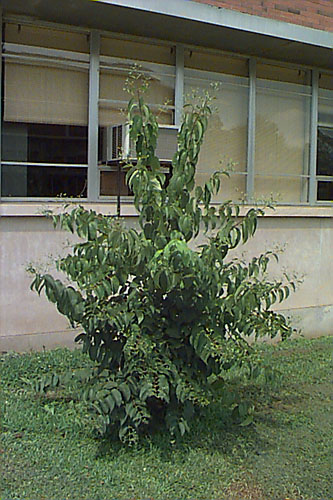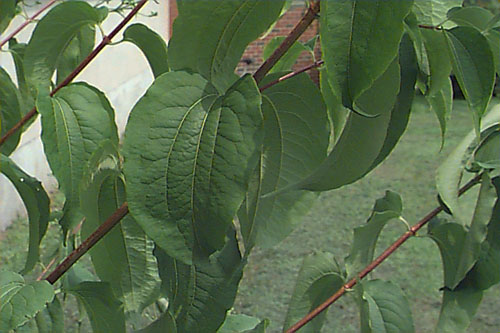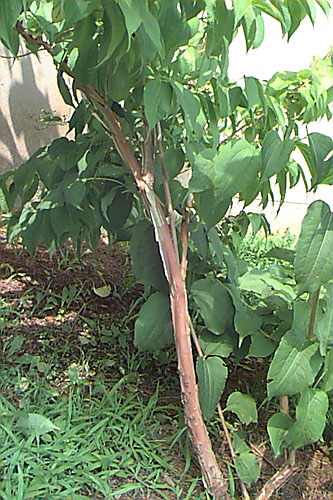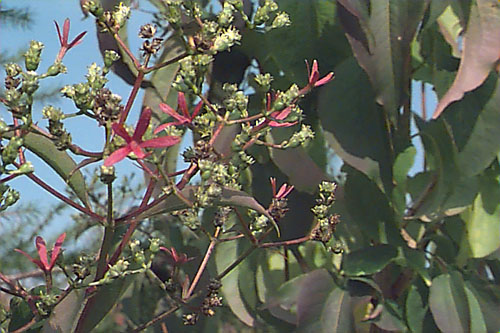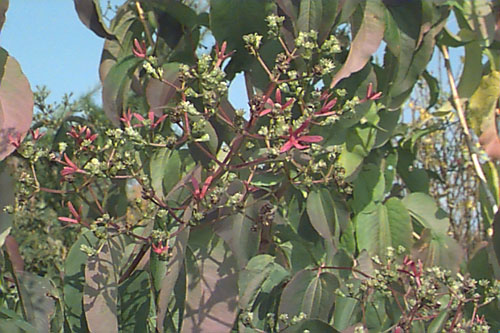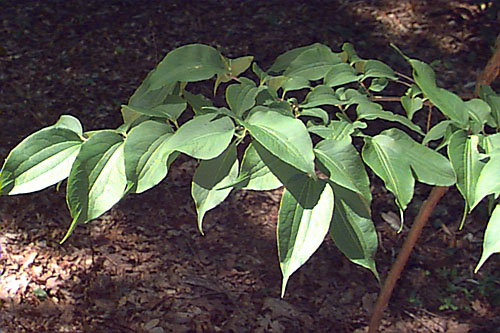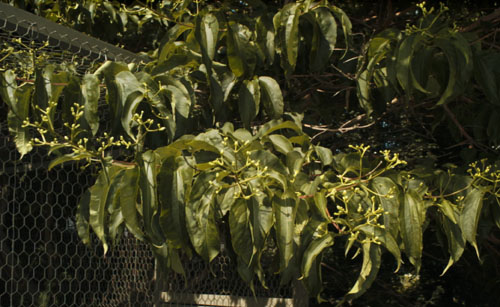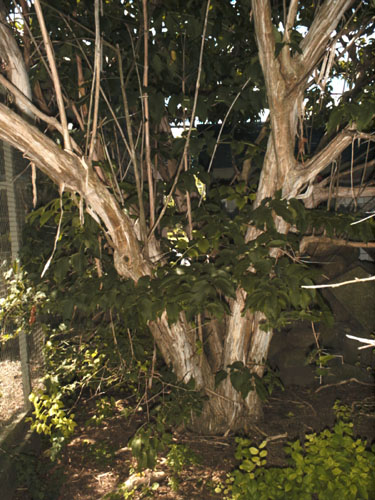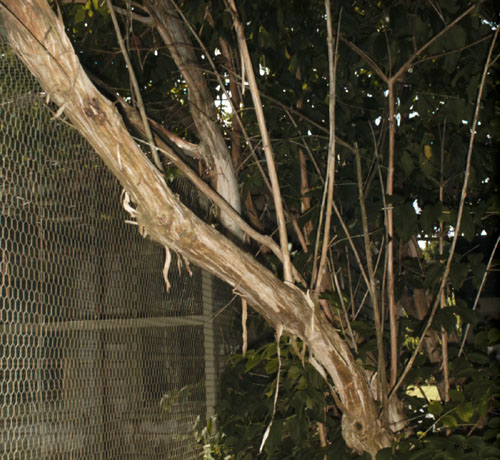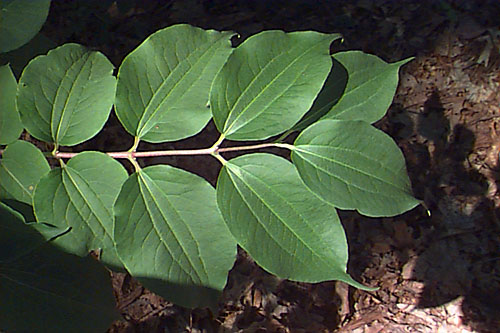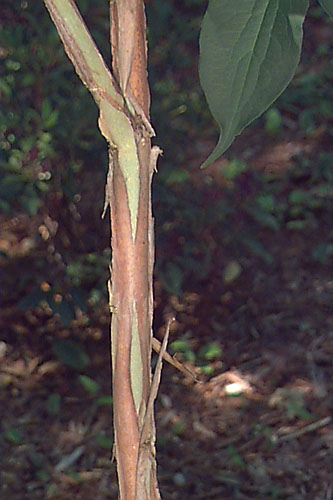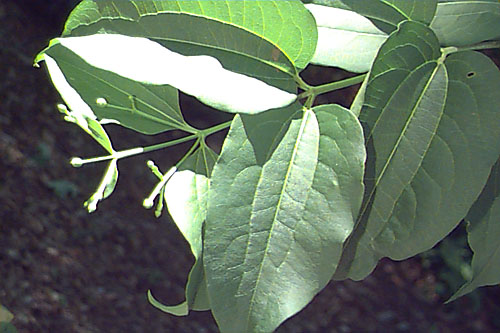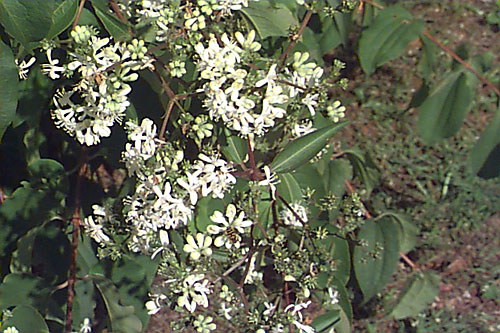Heptacodium miconioides
Seven-son Flower
Caprifoliaceae
ExpandHabitat
- native to China
- zone 5
Habit and Form
- a deciduous large shrub or small tree
- oldest plants in the United States are 15' to 20' tall
- multi-stemmed or single-stemmed
- upright branching and growth
- develops a loose, rounded or irregular crown
Summer Foliage
- simple, deciduous leaves
- opposite leaf arrangement
- leaves are 2" to 6" long and about half as wide
- rounded base and acuminate tip
- dark green mature color
- foliage is of high quality
Autumn Foliage
- poor
- yellow-green
Flowers
- fragrant white small flowers
- borne in 6" long panicles
- bloom time is late August and September
- showy and attract butterflies
Fruit
- capsules that can retain sepals
- sepals change from green to burgundy an last up to 3 weeks
- sepals are as showy as the flowers
Bark
- exfoliating tan bark
- bark comes off in strips and is reminiscent of crape myrtle or beautybush
- attractive
Culture
- full sun is best
- soil adaptable, but prefers a moist, well-drained fertile soil
- easily transplanted and grown
- may need some pruning to tame errant shoots
Landscape Use
- specimen
- in small groups
- for late summer flowers
- for colored sepals in fall
- for attractive bark
Liabilities
- a new plant and therefore a bit hard to find for sale
- stem dieback possibly due to canker
- many plants especially those in shade do not seem to develop retained sepals
- buck deer like to rub their antlers on the trunks
ID Features
- exfoliating tan bark
- late summer white flowers
- red sepals in fall
- leaves have 3 parallel main veins
Propagation
- by cuttings
- by seed
Cultivars/Varieties
This plant was introduced into the United States in the 1980 and is therefore still uncommon. Cultivars have not yet been selected.
